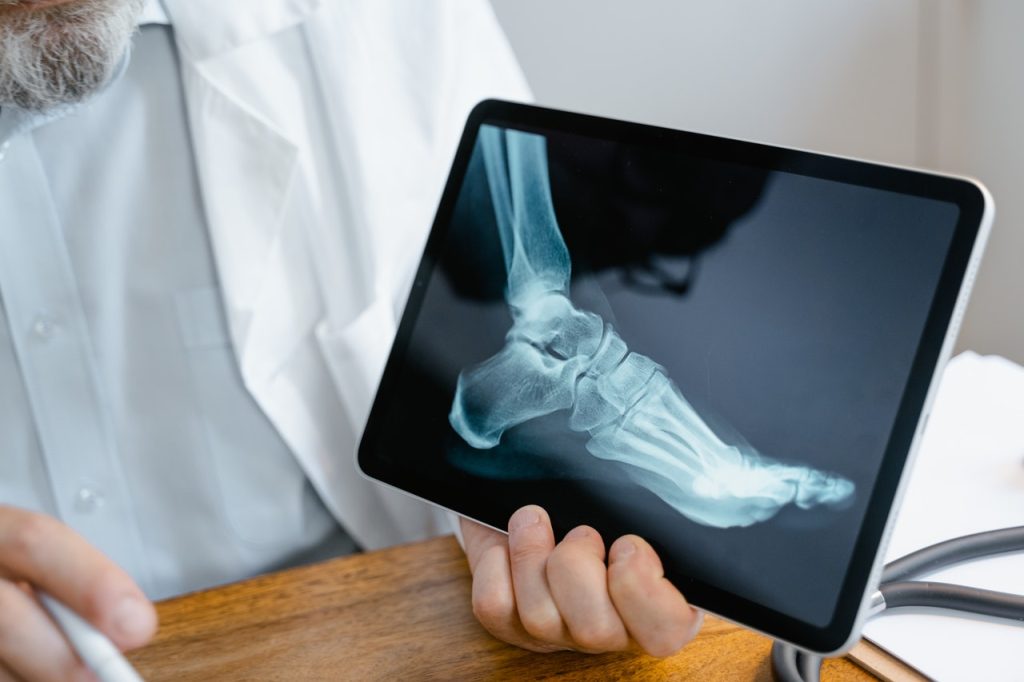Myth busted: Healthy Habits Take Longer than 21 Days to Set in

Forming a healthy habit can take longer than you expect. In the first systematic review of its kind, University of South Australia researchers found that new habits can begin forming within about two months (median of 59-66 days) but can take up to 335 days to establish.
It’s an important finding that could inform health interventions to promote healthy behaviours and prevent chronic disease.
Many conditions, including type 2 diabetes, heart disease, lung diseases and stroke, can be prevented by changing unhealthy habits or lifestyle factors. University of South Australia researcher, Dr Ben Singh, says that contrary to popular belief, healthy habits take far longer than three weeks to lock down.
“Adopting healthy habits is essential for long-term well-being but forming these habits – and breaking unhealthy ones – can be challenging,” Dr Singh says.
“At the beginning of the year, many of us are setting goals and making plans for the months ahead –things like being more active, cutting back on sugar, or making healthier food choices – but while common wisdom suggests that it takes just 21 days to form such habits, these claims are not evidence-based.
“In our research, we’ve found that habit formation starts within around two months, but there is significant variability, with formation times ranging from four days to nearly a year.
“So, it’s important for people who are hoping to make healthier habits not to give up at that mythical three-week mark.”
The study of more than 2600 participants also found that certain factors can influence successful habit formation.
“When trying to establish a new healthy habit, success can be influenced by a range of things including how frequently we undertake the new activity, the timing of the practice, and whether we enjoy it or not,” Dr Singh says.
“If you add a new practice to your morning routine, the data shows that you’re more likely to achieve it. You’re also more likely to stick to a new habit if you enjoy it.
“Planning and intending to complete a new behaviour can also help solidify a new habit, so make sure you continue to make time to include your new healthy habits into your everyday activities. This could be as easy as laying out your gym clothes the night before a morning walk or having a healthy lunch ready to go in the fridge.
“Tailoring habit-building strategies into our day and making plans on how we can achieve them, will put you in a position for success.”
While more research is needed, researchers say that these findings can guide public health initiatives and personalised programs that support sustained and healthy behaviour change.
Source: University of South Australia







